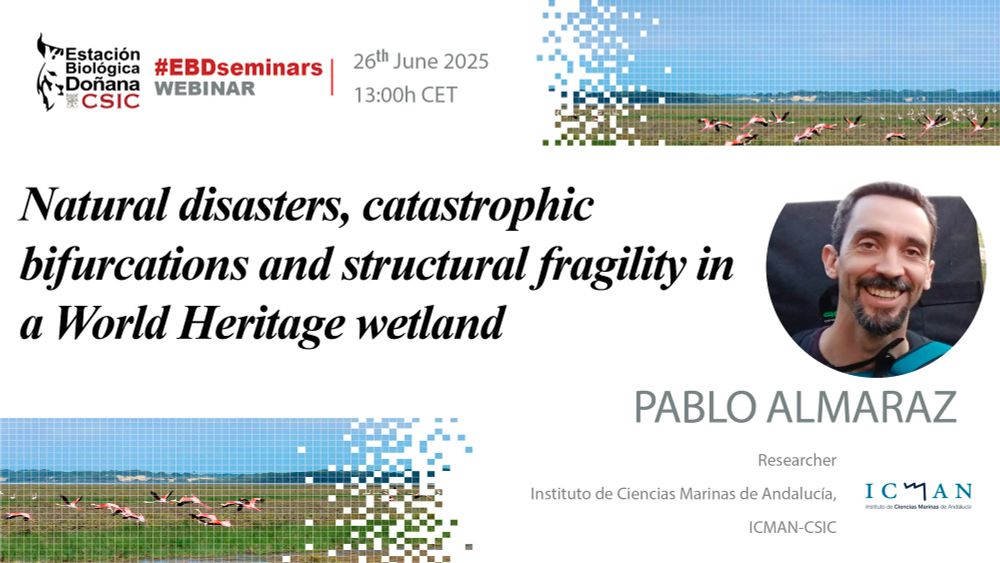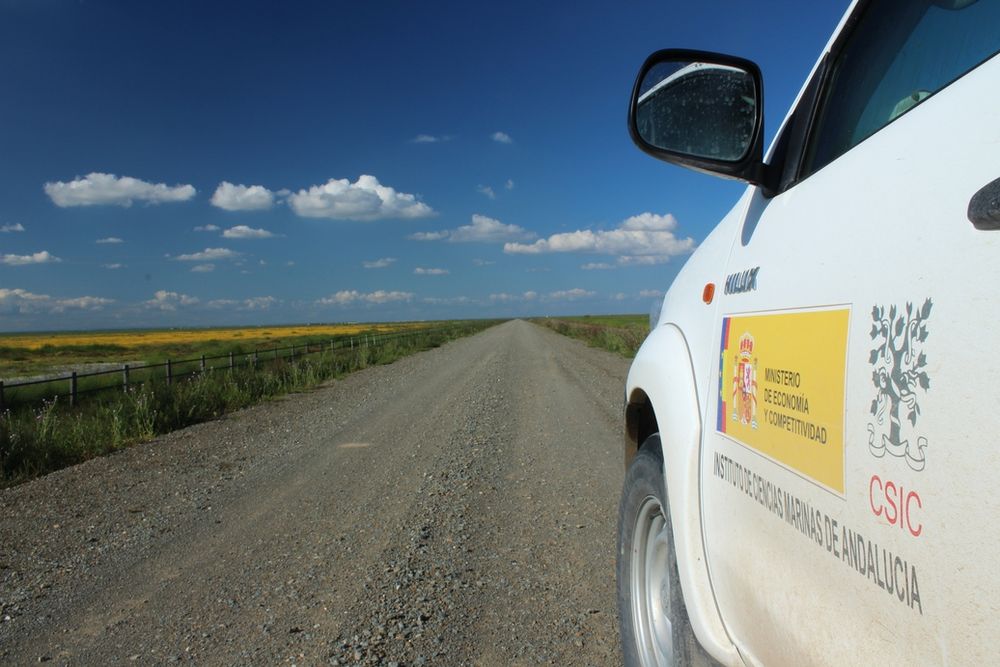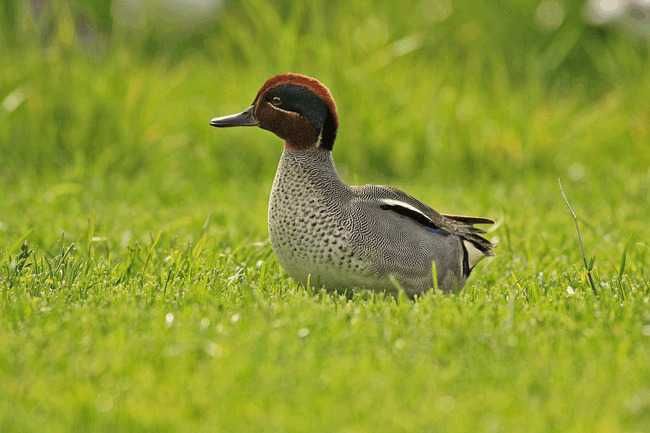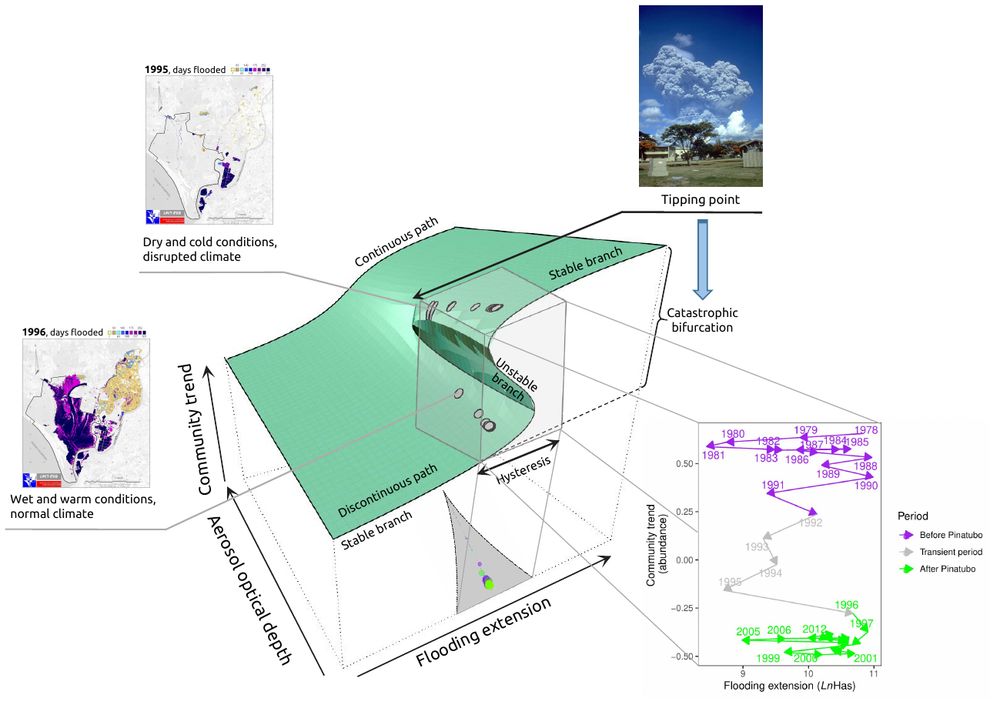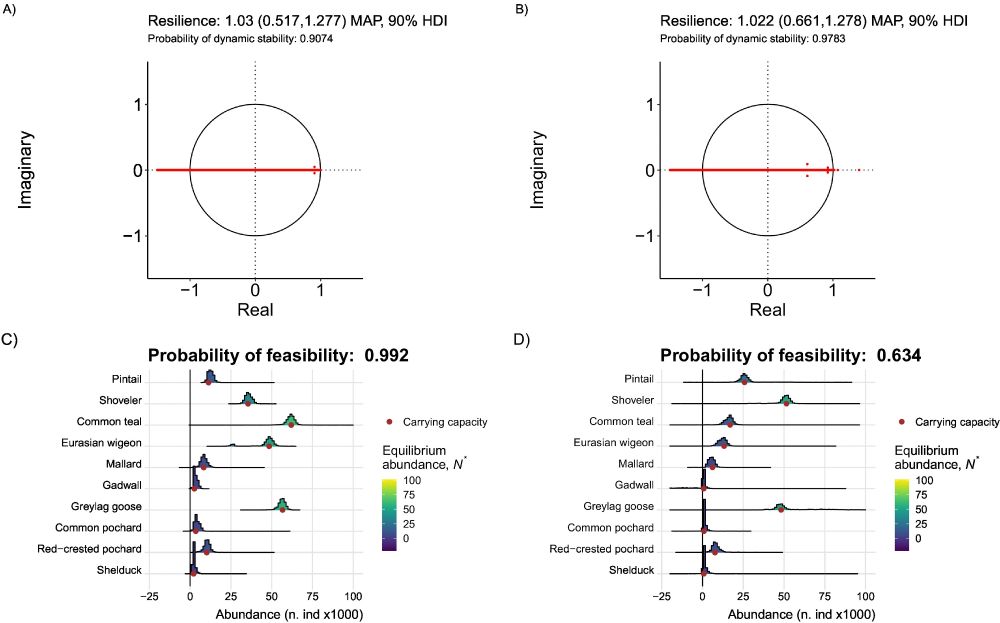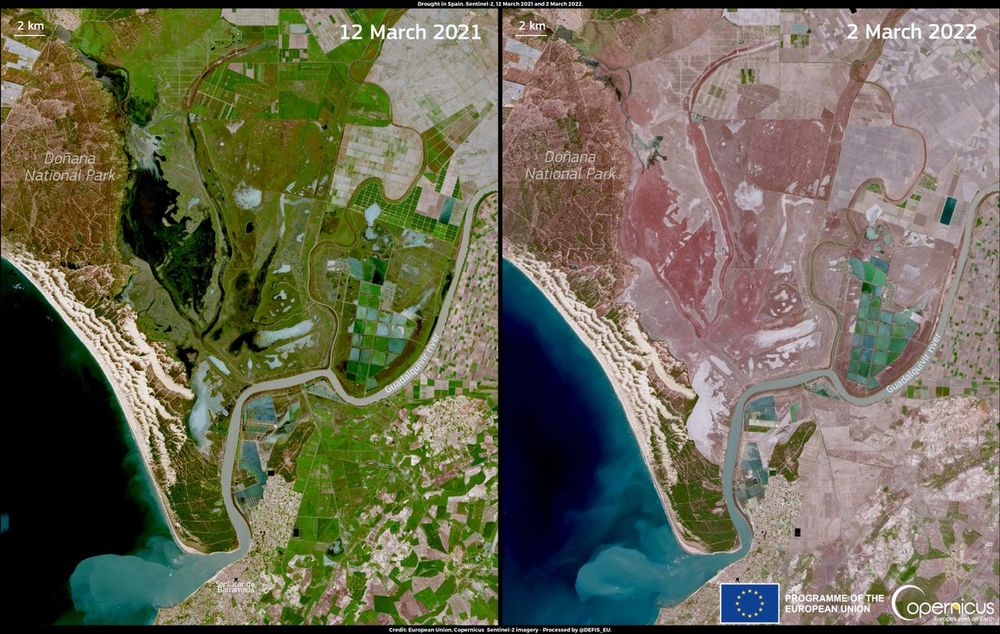Pablo Almaraz
@palmaraz.bsky.social
85 followers
150 following
12 posts
Ecology, oceanography, applied mathematics. MSc in Mathematics, PhD in Marine Sciences and Technologies. Leading the @robustecolab.bsky.social at @icman-csic.bsky.social. Lab's website: https://robustecologies.github.io.
Posts
Media
Videos
Starter Packs
Pablo Almaraz
@palmaraz.bsky.social
· Jul 9
Reposted by Pablo Almaraz
Reposted by Pablo Almaraz
Pablo Almaraz
@palmaraz.bsky.social
· Jun 26
Pablo Almaraz
@palmaraz.bsky.social
· Apr 17
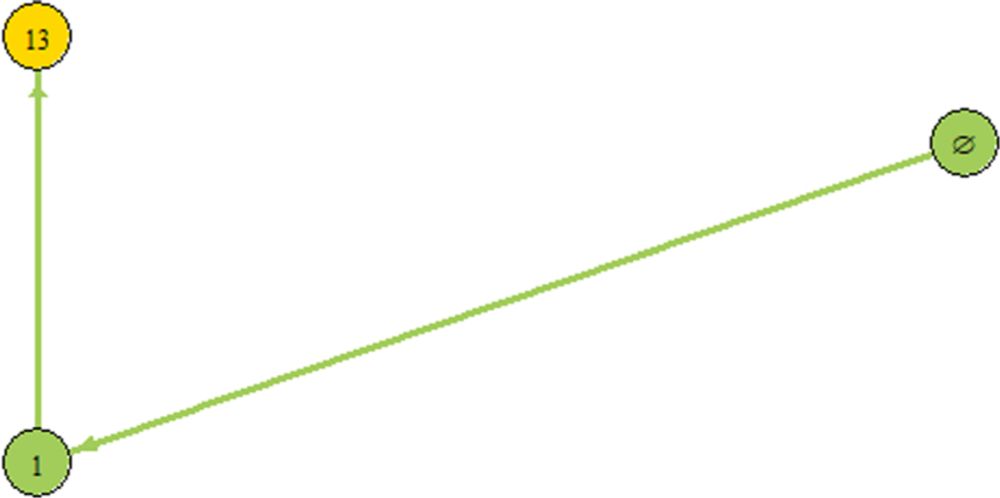
Structural stability of invasion graphs for Lotka–Volterra systems - Journal of Mathematical Biology
In this paper, we study in detail the structure of the global attractor for the Lotka–Volterra system with a Volterra–Lyapunov stable structural matrix. We consider the invasion graph as recently intr...
link.springer.com


